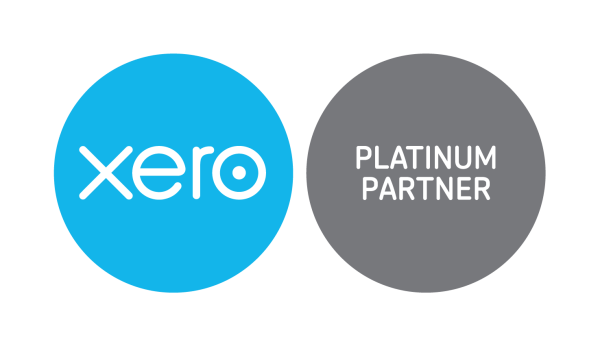Payroll Changes and Checks for 1 April 2024
Payroll Changes and Checks for 1 April 2024
Are you ready for the minimum wage rates increase from 1 April 2024?
The adult minimum wage will go up from $22.70 to $23.15 per hour.
The starting-out and training minimum wage will go up from $18.16 to $18.52 per hour.
All rates are before tax and any deductions, for example, PAYE tax, student loan repayment, child support.
Other Changes to ACC Levies and Student Loan Payments
From 1 April 2024, there are also changes to the ACC earners’ levy rate and the threshold for student loans.
From 1 April 2024, the ACC earners’ levy rate increases from 1.53% to 1.6% (a PAYE increase of up to $1.88 per week). The maximum liable earnings threshold also increases from $139,384 to $142,283 (a PAYE increase of up to $0.89 per week for those earning above $139,384).
From 1 April 2024, the annual student loan repayment threshold increases from $22,828 to $24,128. This is the income level above which student loan deductions will be taken. See the table below for the threshold by pay period. This change results in a student loan repayment reduction of $3.00 per week for those earning over $24,128. Those earning between $22,828 and $24,128 will have no student loan deducted (compared to between $52.68 and $55.68 per week).
Xero Payroll will make these adjustments to ACC and Student Loan Rates automatically. Xero Payroll will not automatically adjust the minimum wage rate, as there are some exceptions (such as training rates).
End of Financial Year Checks
There are a few checks and updates that should be carried out at the end of each financial year. Here are some of them.
Payment Date for the Final Pay Period
Consider the payment date for your last payrun in the financial year as it may need to be adjusted if you want the cost of the final pay period to be in the same financial year. This also might mean posting the payrun earlier than usual to stay within the required 48 hours.
Review the Leave Liability Report
The Payroll Leave Liability Report shows the value of leave you owe your employees, either for when they take leave, or when employment finishes. Check this to stay aware of your liability and to spot potential errors if balances look unusual. The end of year balances will be journalled into your balance sheet as a liability.
Review Account Balances and Reconciliation with IRD
Review your payroll balances including the expense codes as well as the liability codes to ensure reconciliation has been completed correctly. A common error is for both Wages and Wages Payable to be overstated from incorrectly reconciling the bank payment to the expense account rather than the liability account.
Annual Earnings Certificates
Annual Earnings Certificates can be issued every year, but in NZ there is no legal requirement to do so.
Employer Superannuation Contribution Tax (ESCT)
ESCT rates should be reviewed at the beginning of each financial year. If an update is required it should be completed after the last payrun for the previous year, and before the first payrun in the new financial year. Use IRD’s calculator and update the rate based on employees earnings in the previous year.
Get Support
Payroll Legislation in NZ is notoriously complex and even large and well resourced organisations can get it wrong. Ensuring you have appropriate support for Payroll is the way to minimise the risk of potentially costly errors. Some payroll providers have excellent in house support and there are also independent Payroll specialists throughout NZ.
Living Business are specialists for Xero Payroll trouble shooting.
